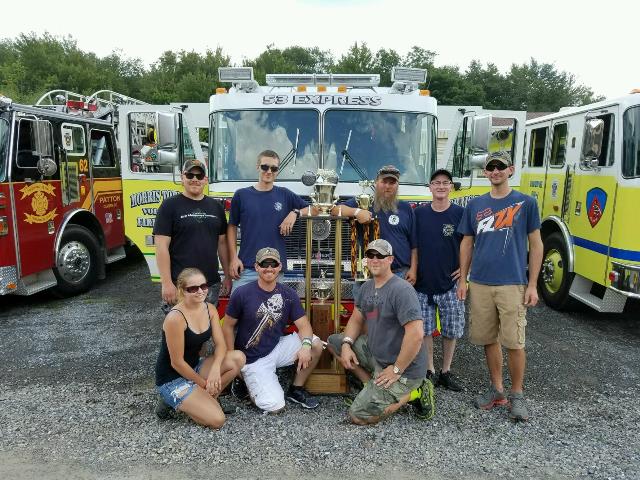As Lauren Chopek painfully details her story, she does so with the reticence of a survivor, as if somehow remaining silent would have been better.
“I used to blame myself for everything. But, like I, I would say I let them do that to me. I am dirty. It’s my fault,” says Chopek through tears.
But Chopek is finally speaking out, determined to shake the guilt and shame that she knows should stalk her perpetrators instead of her.
“Now I see that I was just a child,” says Chopek, now sitting serenely in a safe house, a healing lodge in rural Manitoba that cradled her in the love and protection she so needed when she escaped her life on the streets.
Now 19, Lauren was just 14 when she was sexually exploited and trafficked for sex in her hometown of Winnipeg. But as an indigenous girl in Canada, her story is hardly rare.
Canada’s indigenous population is very small — just 4% of the population — yet more than 50% of all sex trafficking victims in Canada are indigenous. The reasons are complicated and varied but are ultimately rooted in a legacy of poverty, racism and abuse.
“I was actually making these bad choices for a reason,” explains Chopek. “You know when you experience sexual abuse it’s really confusing. You never know if it’s your fault or is it theirs.”
‘Targets of violence and abuse’
Diane Redsky runs Ma Mawai, a center that advocates for indigenous women and children, specifically sex trafficking victims. Her organization runs the rural healing lodge where Chopek stayed, as well as safe houses, rehabilitation and prevention programs throughout Manitoba.
Redsky says the history of racism against indigenous Canadians feeds into the cycle of violence and exploitation against them.
“It’s really difficult to be able to fight those stereotypes as indigenous women when a whole society is targeting indigenous women and girls, particularly for violence and abuse — and that spills over into sex trafficking,” says Redsky.
Tanay Little’s story shows how insidious the abuse can be. Little was just 11 when she was sexually exploited on the streets surrounding her family’s home in Winnipeg. An older girl, someone who pretended to be her friend she says, was actually preying on Little, first luring her with drugs and then trafficking her for sex.
“I remember one time that she put me in a room and then two guys, one, not together, but one would come in and then I would have sex with him and then the other the other guy would come in. And then I’d get high after that,” says Little.
She is blunt about what would happen if she refused to have sex with anybody.
“If you’re not beat up, then you would get raped by a few of them at once,” explains Little.
“There is a debt bondage that’s between $1,000 and $2,000 a day that these girls must bring, must hand in to their trafficker or else,” says Redsky.
These startling anecdotes have been heard in family homes, police stations and safe houses for years in Manitoba. The province is now taking the lead on an innovative approach to prevention and rehabilitation.
Focus on the victims
Redsky and others in Manitoba are now leading transformative programs to help identify the threats and risks so prevalent in indigenous communities. It is a new approach to help fight sex trafficking, one that focuses on the needs of the victims.
Jennifer Richardson runs Tracia’s Trust, Manitoba’s strategy to combat sexual exploitation and sex trafficking of children. Crucially, Manitoba’s government has committed more than $10 million Canadian a year to fund it, a huge sum for a population of only about a million people.
“Within a 10-year span Manitoba has really grown this massive strategy that is just recognized throughout Canada as being kind of the frontier leaders in this area,” says Richardson.
The program is different and revolutionary for Manitoba because it uses not only targeted funds, but also words, deeds, and training to fight human trafficking in a whole new way.
Outreach on neighborhood streets is one strategy that is executed with the help of law enforcement officers. Almost daily, Winnipeg Police dispatch an elite unit on the streets to try and counter sexual exploitation and human trafficking.
The approach is a departure for Winnipeg Police, who now say their efforts are firmly focused on helping victims. Outreach is conducted in a way to help victims and then bring their perpetrators to justice.
Law enforcement officials acknowledge a history of bias and racism that in the past prevented police from truly understanding how and why indigenous girls are vulnerable and at risk.
“There is bias in the police service. We recognize it, that there’s implicit bias. We certainly have taken steps to try to address that in a myriad of ways,” says Danny Smyth, Winnipeg’s deputy police chief.
“We have a team that’s dedicated just to outreach. Just to being out there and trying to get to know who’s out on the street, and trying to establish a relationship with them,” adds Smyth.
The legacy of years of abuse and racism though are making it difficult for Canada’s indigenous community to heal and move on. Canada will soon launch an inquiry that will focus on why hundreds of indigenous women and girls have gone missing or been murdered over the years.
Canadian and independent studies have revealed that indigenous women and girls are five times more likely to die in violent circumstances than non-indigenous women and girls.
“We’re still in a society that targets indigenous women and girls. In fact the national task force concluded that there’s a market for indigenous girls,” says Redsky, adding, “what that leads to is a society who views indigenous women as less than, and in fact of no human value.”



